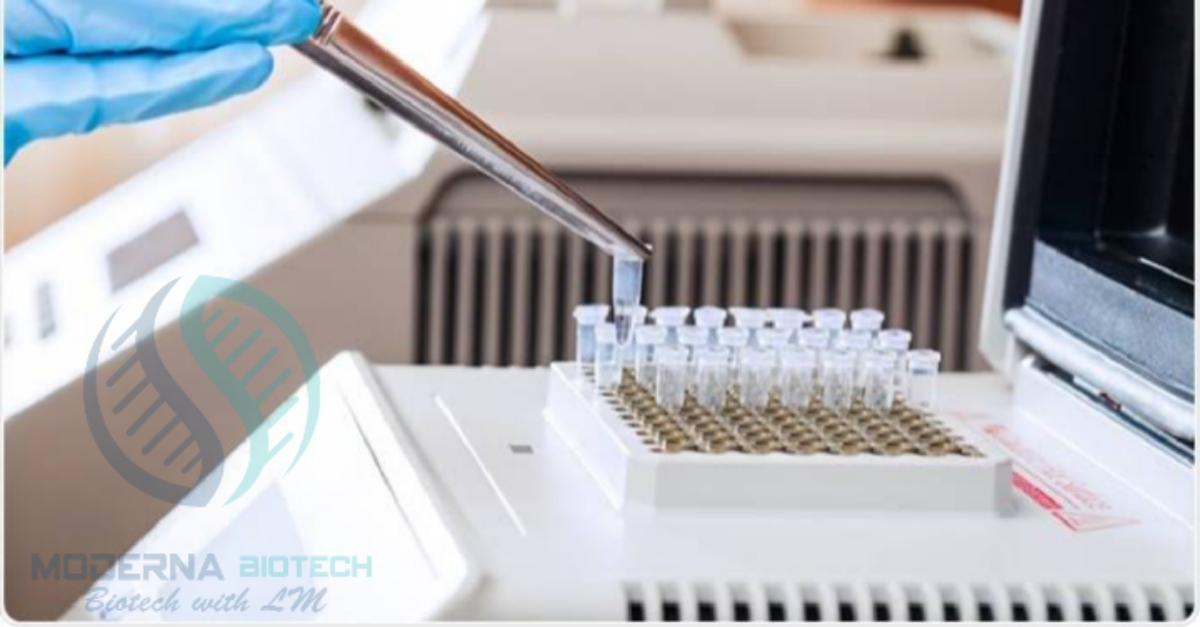What are the three steps in which Shrinkage occurs?

SHRINKAGE
The discussion of action has neglected the impact of shrinkage that happens during cooling and phase change. Here is a list of the three steps in which Shrinkage occurs. Shrinkage happens in 3 steps: (1) liquid contraction throughout cooling before solidification; (2) contraction throughout the natural action from liquid to solid, referred to as action shrinkage; and (3) thermal contraction of the solid casting throughout cooling to temperature.
What are the three steps in which Shrinkage occurs?
The 3 steps may be explained with reference to a cylindrical casting created in open mildew.
The liquified metal now when gushing of the series.
Contraction of the liquid metal throughout cooling from gushing temperature to phase change temperature causes the peak of the liquid to be reduced from its beginning level.
The amount of this liquid contraction is typically around zero.
Solidification shrinkage has 2 effects.
First, contraction causes a further reduction at intervals the height of the casting.
Second, the quantity of liquid metal on the market to feed the highest center portion of the casting becomes restricted. Solidification is one of the three steps in which shrinkage occurs.
This is sometimes the last region to freeze, and thus the absence of metal creates a void within the casting at this location.
This shrinkage cavity is named a pipe by foundrymen.
Once solid, the casting experiences more contraction tall and diameter whereas cooling.
This shrinkage is set by the solid metal’s constant of thermal growth that throughout this case is applied in reverse to see contraction.
Solidification shrinkage happens in nearly all metals as a result of the solid section includes a higher density than the liquid phase.
The section transformation that accompanies action causes a discount within the volume per unit weight of metal.
The exception is forged iron-containing high carbon content, whose activities during the ultimate stages of phase change are sophisticated by an amount of graphitization that ends in growth that tends to counteract the meter decrease related to the natural process.
Compensation for action shrinkage is achieved in many ways counting on the casting operation.
In sand casting, liquid metal is provided to the cavity by means that of risers.
In die casting, the liquified metal is applied enclosed.
Pattern-makers account for thermal contraction by creating mildew cavities oversized.
The amount by that the mildew should be created larger relative to the ultimate casting size is termed the pattern shrinkage allowance.
Although the shrinkage is meter, the size of the casting is expressed linearly, that the allowances should be applied consequently.
Special “shrink rules” with slightly elongated scales are wont to make the patterns and molds larger than the specified casting by the acceptable amount.
DIRECTIONAL SOLIDIFICATION
In order to attenuate the damaging effects of shrinkage, it’s desirable for the regions of the casting most distant from the liquid metal to offer to freeze 1st.
In this manner, liquified metal can frequently be on the market from the risers to forestall shrinkage voids throughout phase change(what is wiredrawing).
The term directional solidification is employed to explain this side of the phase change process and additionally the methods by which it’s controlled.
The specified directional action is achieved by perceptive Chvorinov’s decree the design of the casting itself, its orientation at intervals the mildew, and additionally the design of the riser system that feeds it.
For example, by locating sections of the casting with lower V/A ratios off from the riser, phase change can occur 1st in these regions, and additionally, the supply of liquid metal for the remaining of the casting can remain open till these bulkier sections solidify.
Another way to encourage directional action is to use chills—internal or external heat sinks that cause a speedy phase change in sure regions of the casting.
Internal and external chills!
Internal chills are tiny metal elements placed within the cavity before pouring in order that the liquified metal can solidify 1st around these elements.
The internal chill ought to have a chemical composition like the metal being poured, most parts achieved by making the coolness out of the identical metal because of the casting itself.
External chills are metal inserts within the walls of the mildew cavity which will remove heat from the liquified metal quicker than the encompassing sand so as to promote action.
They are usually used effectively in sections of the casting that are tough to feed with liquid metal, therefore, encouraging speedy phase change in these sections whereas the association to liquid metal continues to be open.
Possible application of external chills and so the likely lead to the casting if the cold weren’t used.
As important because it is to initiate freezing within the appropriate regions of the cavity, it’s also necessary to avoid premature action in sections of the mildew nearest the riser.
Of explicit concern is that the passageway between the riser and additionally the main cavity.
This association should be designed in such the simplest way that it doesn’t freeze before the casting. It might isolate the casting from the liquified metal within the riser.
Although it’s generally desirable to scale back the degree within the connection (to reduce wasted metal), the cross-sectional space should be enough to delay the onset of phase change.
This goal is sometimes aided by creating the passageway short long, so it absorbs heat from the liquified metal within the riser and additionally the casting.
See also Steps of plant tissue culture



